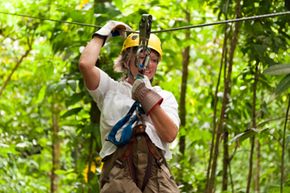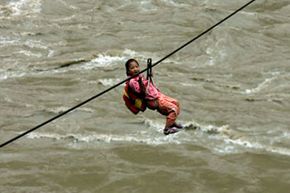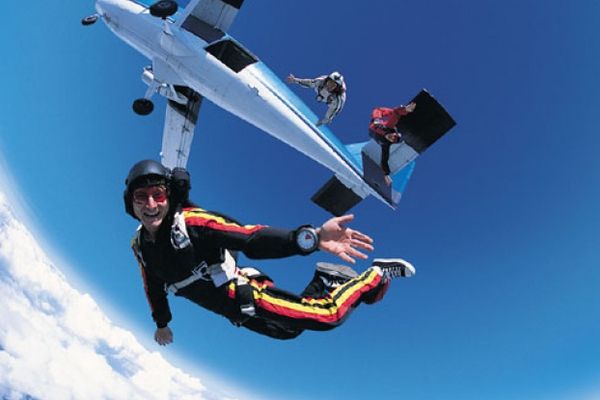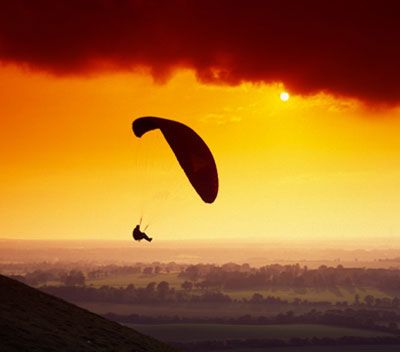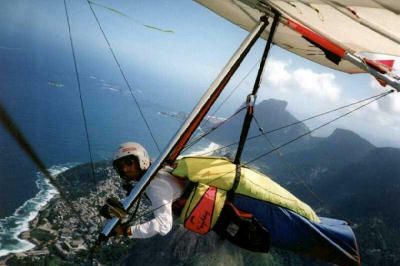
On the movie screen, we see our hero (who looks like he couldn't balance his checkbook) as he suddenly realizes that the nearby crossbow equipped with line-shooting capability/ telephone wire/clothesline could propel him quickly from the top of the steep slope to the bottom of the canyon, where the bad guys/pretty girl/bad pretty girls are. He drapes his jacket across the wire, holds on tightly and down the wire he goes. The trip is so fast that the viewer only has a split second to wonder: Does that really work?
A zip line is, at its most simple, a cable that starts at a higher point than it ends. Using the natural decline of the slope, a person or cargo can travel down the wire on a pulley system that minimizes friction to help the rider accelerate. In the next section, we'll talk more about how a plain old wire can support the weight of -- and provide a ride for -- a gigantic person. Or, for that matter, how gigantic a person it can support.
Advertisement
And if you're able and willing, you can use a zip line pretty much anywhere -- provided you have some serious guts and a willingness to ignore your better instincts about the science of racing down a thin wire at speeds up to 100 miles (161 kilometers) per hour. But whatever part of the world you're in (or flying over, for that matter), learn the parlance: In Australia they're flying foxes, in South Africa they're foefie (sometimes written and pronounced "foofy") slides, while Costa Rica generally calls zip line adventures canopy tours.
Although a growing industry for zip lines exists among adventure travel tours and eco-tourism, you might be surprised to know the first modern group that used zip lines for utilitarian purposes in the past consists of people with a decidedly less reckless reputation than you'd imagine.
Behind the fun and games, there's some serious science. Let's race to the next page to find out more.
Advertisement

